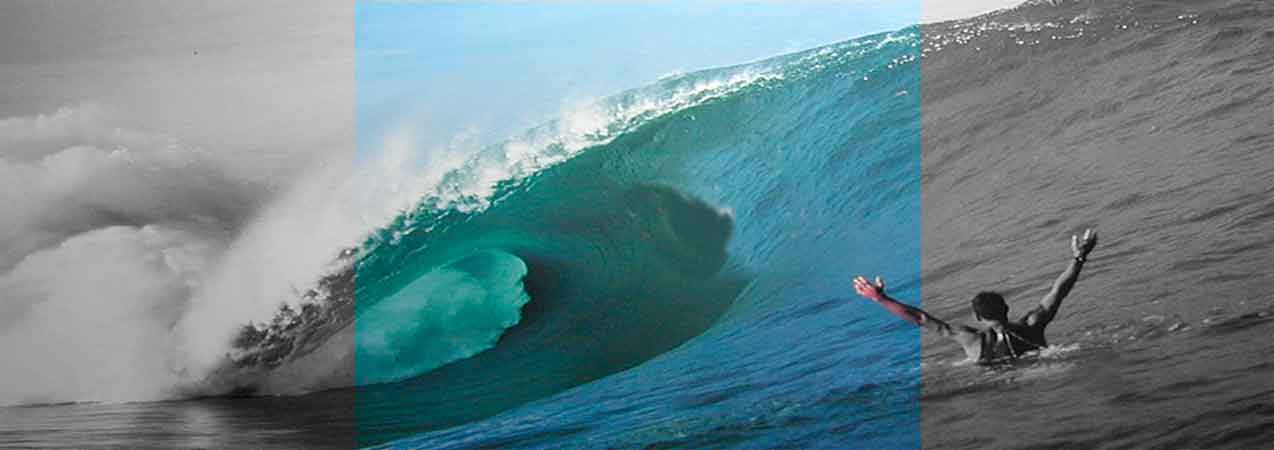Why Color Matters
Substantial research shows why color matters
and how color plays a pivotal role in all our visual experiences.
by Jill Morton, Colorcom
Color and Marketing
1. Research conducted by the secretariat of the Seoul International Color Expo documents the following relationships between color and marketing:
92.6 percent said that they put most importance on visual factors when purchasing products. Only 5.6 percent said that the physical feel via the sense of touch was most important. Hearing and smell each drew 0.9 percent.
When asked to approximate the importance of color when buying products, 84.7 percent of the total respondents think that color accounts for more than half among the various factors important for choosing products.
Source: Secretariat of the Seoul International Color Expo 2004
2. Research reveals people make a subconscious judgment about a person, environment, or product within 90 seconds of initial viewing and that between 62% and 90% of that assessment is based on color alone.
Source: CCICOLOR - Institute for Color Research
3. Research by the Henley Centre suggests 73% of purchasing decisions are now made in-store. Consequently, catching the shopper's eye and conveying information effectively are critical to successful sales.
Color and Brand Identity
1. Color increases brand recognition by up to 80 percent
Source: University of Loyola, Maryland study
2. Case Study: Heinz
Consider the phenomenal success Heinz EZ Squirt Blastin' Green ketchup has had in the marketplace. More than 10 million bottles were sold in the first seven months following its introduction, with Heinz factories working 24 hours a day, seven days a week to keep up with demand. The result: $23 million in sales attributable to Heinz green ketchup [the highest sales increase in the brand's history]. All because of a simple color change.
3. Case Study: Apple Computer
Apple brought color into a marketplace where color had not been seen before. By introducing the colorful iMacs, Apple was the first to say, "It doesn't have to be beige". The iMacs reinvigorated a brand that had suffered $1.8 billion of losses in two years. (And now we have the colorful iPods.)
Color Increases Memory
If a picture is worth a thousand words, a picture with natural colors may be worth a million, memory-wise. Psychologists have documented that "living color" does more than appeal to the senses. It also boosts memory for scenes in the natural world.
By hanging an extra "tag" of data on visual scenes, color helps us to process and store images more efficiently than colorless (black and white) scenes, and as a result to remember them better, too.
Source: The findings were reported in the May 2002 issue of the Journal of Experimental Psychology: Learning, Memory and Cognition, published by the American Psychological Association (APA) "The Contributions of Color to Recognition Memory for Natural Scenes," Felix A. Wichmann, Max-Planck Institut für Biologische Kybernetik and Oxford University; Lindsay T. Sharpe, Universität Tübingen and University of Newcastle; and Karl R. Gegenfurtner, Max-Plank Institut für Biologische Kybernetik and Justus-Liebig-Universität Giessen; Journal of Experimental Psychology – Learning, Memory and Cognition, Vol 28. No.3., 5-May-2002

Color Engages and Increases Participation
Ads in color are read up to 42% more often than the same ads in black and white (as shown in study on phone directory ads).
Source: White, Jan V., Color for Impact, Strathmoor Press, April, 1997
Color Informs
Color can improve readership by 40 percent 1, learning from 55 to 78 percent 2, and comprehension by 73 percent 3.
(1)"Business Papers in Color. Just a Shade Better", Modern Office Technology, July 1989, Vol. 34, No. 7, pp. 98-102 (2) Embry, David, "The Persuasive Properties of Color", Marketing Communications, October 1984. (3) Johnson, Virginia, "The Power of Color", Successful Meetings, June 1992, Vol 41, No. 7, pp. 87, 90.
Color Attracts Attention - Frequently Cited "Facts"
Tests indicate that a black and white image may sustain interest for less than two-thirds a second, whereas a colored image may hold the attention for two seconds or more. (A product has one-twentieth of a second to halt the customer's attention on a shelf or display.)
People cannot process every object within view at one time. Therefore, color can be used as a tool to emphasize or de-emphasize areas.
A Midwestern insurance company used color to highlight key information on their invoices. As a result, they began receiving customer payments an average of 14 days earlier.

The Power of Color
92% Believe color presents an image of impressive quality
90% Feel color can assist in attracting new customers
90% Believe customers remember presentations and documents better when color is used
83% Believe color makes them appear more successful
81% Think color gives them a competitive edge
76% Believe that the use of color makes their business appear larger to clients
Source: Conducted by Xerox Corporation and International Communications Research from February 19, 2003 to March 7, 2003, margin of error of +/- 3.1%.
Color and the Senses
General facts about sensory input and human beings:
Although the olfactory sense was a human being’s most important source of input in the pre-historic era, sight became our most important means of survival. Furthermore, as hunters and gatherers in the early days of our evolution, we experienced a variety of colors and forms in the landscape. This has become part of our genetic code.
In our current state of evolution, vision is the primary source for all our experiences. (Current marketing research has reported that approximately 80% of what we assimilate through the senses, is visual.)
Our nervous system requires input and stimulation. (Consider the effects of solitary confinement in jails.) With respect to visual input, we become bored in the absence of a variety of colors and shapes. Consequently, color addresses one of our basic neurological needs for stimulation.
Color and Visual Experiences
"It is probably the expressive qualities (primarily of color but also of shape) that spontaneously affect the passively receiving mind, whereas the tectonic structure of pattern (characteristic of shape, but found also in color) engages the actively organizing mind."
Source: Arnheim, Rudolf, Art and Visual Perception, University of California Press, Berkely, 1974, p. 336
![]()
Copyscape is an online plagiarism detection service.
This article was written by Jill Morton, President of Colorcom
© Jill Morton, 2019
All rights reserved. This article may not be published, broadcast or redistributed without previous written consent from the author.
